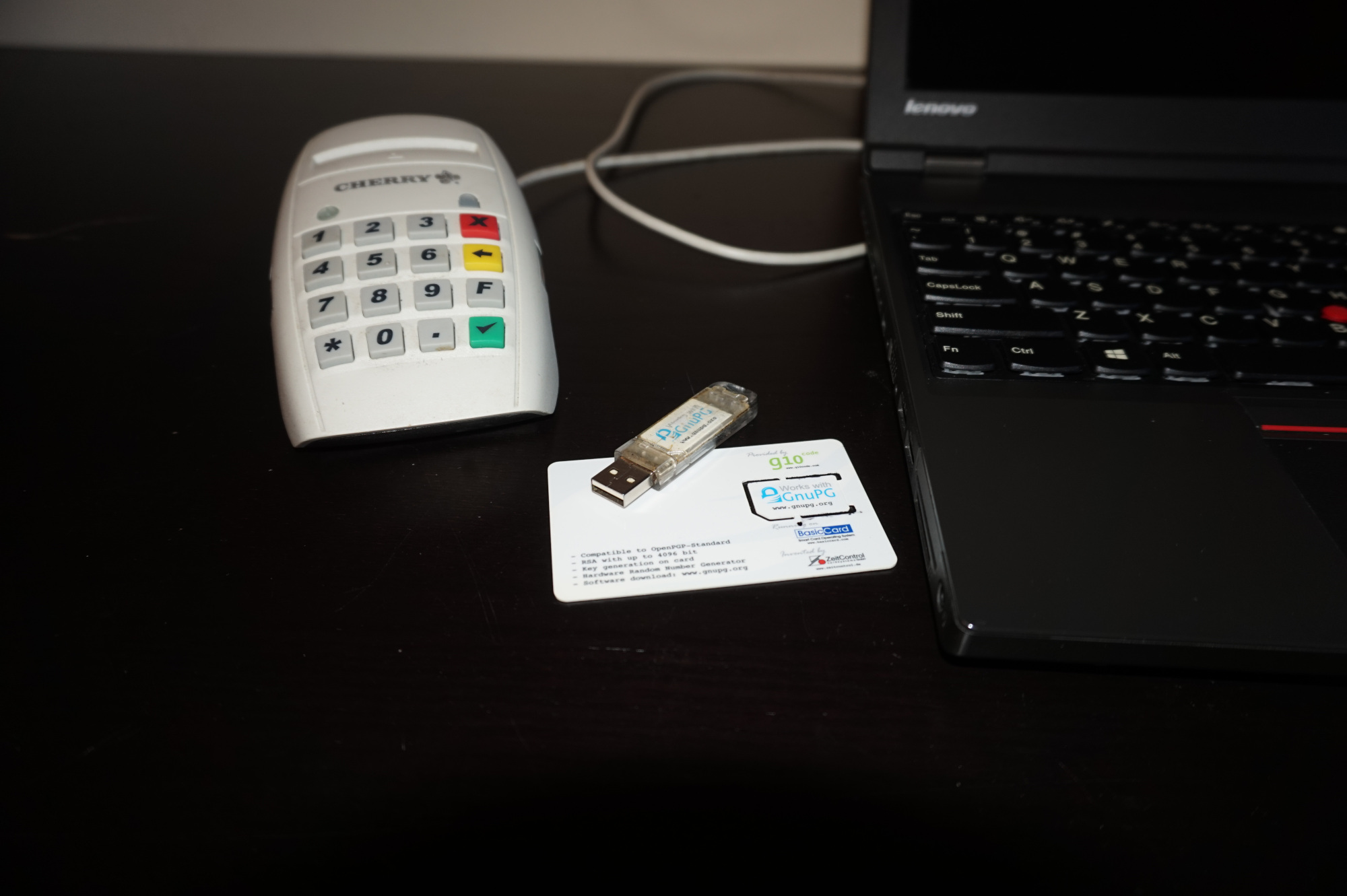Use a GPG smartcard with Thunderbird. Part 1: setup GnuPG
I use a Free Software Foundation Europe fellowship GPG smartcard for my email encryption and package signing. While FSFE doesn’t provide the smartcard anymore it’s still available at www.floss-shop.de.
I moved to a Thinkpad w541 with coreboot running Debian GNU/Linux and FreeBSD so I needed to set up my email encryption on Thunderbird again.
It took me more time to reconfigure it again - as usual - so I decided to take notes this time and create a blog post about it. As this might be useful for somebody else … or me in the future :-)
The setup is executed on Debian GNU/Linux 12 (bookworm) with the FSFE fellowship GPG smartcard, but the setup for other Linux distributes, FreeBSD or other smartcards is very similar.
Read more...






